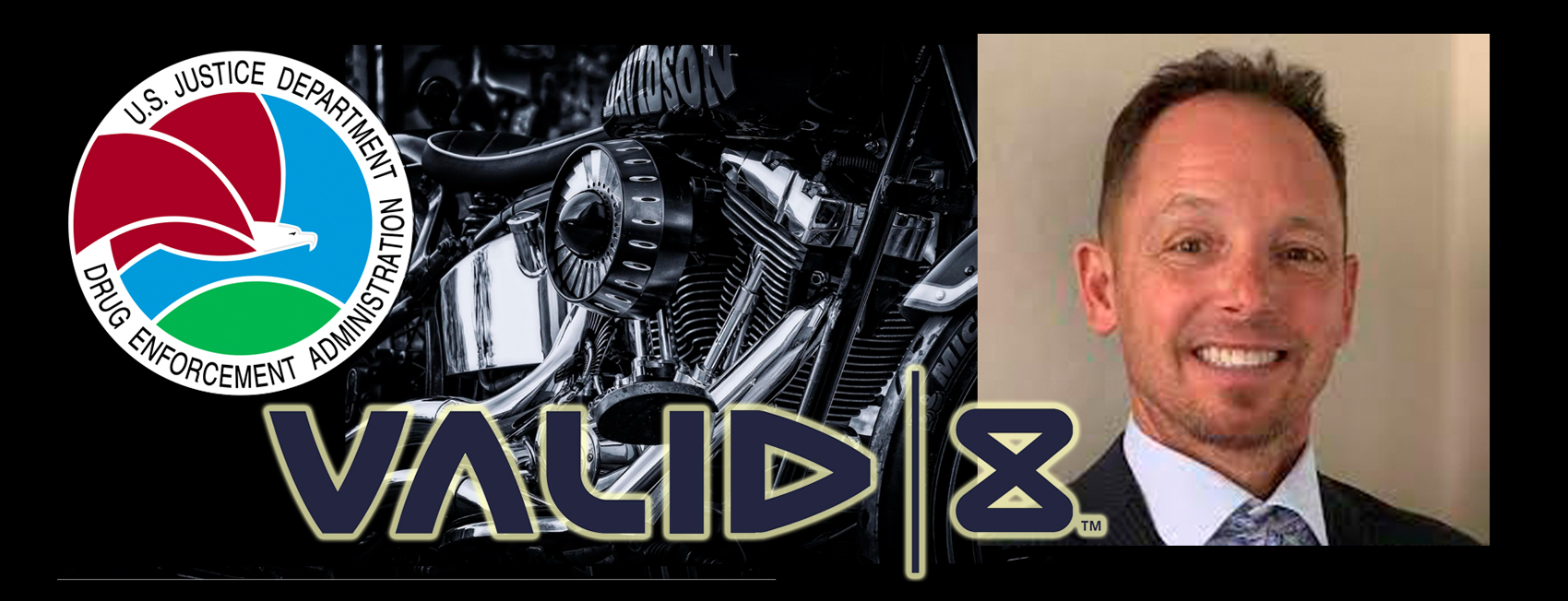The Realities of Undercover Work: Beyond the Hollywood Myths

The Realities of Undercover Work: Beyond the Hollywood Myths. When people think of undercover work, they often picture fast cars, high-stakes chases, and adrenaline-fueled standoffs straight out of a Hollywood movie. Television and film have shaped the way many imagine life as an undercover agent, but the reality is far more complex, and far less glamorous.
For individuals like former DEA agent David Tyree, undercover work was not about flashy action sequences. It was about discipline, patience, and an unwavering commitment to detail. The real world of undercover operations involves endless paperwork, psychological resilience, and a constant balancing act between building trust with criminals and maintaining the integrity of the law.
LISTEN TO THE FREE PODCAST EPISODE WITH RETIRED DEA DAVID TYREE
The Misconceptions of Hollywood
Movies often portray undercover agents as lone wolves who dive headfirst into danger, rarely dealing with consequences. In truth, undercover assignments demand months—sometimes years—of careful planning and training. Agents must learn how to blend in without drawing suspicion, all while collecting the kind of evidence that will hold up in court.
“Hollywood makes it look like you kick down the door, grab the drugs, and the case is closed,” Tyree explained in past interviews. “In reality, the mission might be a dozen meetings, endless surveillance, and then hours of reports just to make sure every detail is documented.”
Training and Preparation
Undercover work requires specialized training that goes far beyond learning how to act tough or flash a badge. Agents are trained to read people, control conversations, and anticipate danger before it happens. They learn how to build rapport without compromising their true identity. A misplaced word, a nervous glance, or an inconsistency in a backstory can put an operation, and their life, at risk. The Realities of Undercover Work: Beyond the Hollywood Myths.
READ THIS FREE BLOG ARTICLE ABOUT THE ZODIAC KILLER.
Tyree recalled how critical it was to develop believable “cover stories” that could withstand scrutiny. These stories weren’t elaborate Hollywood scripts but simple, consistent backgrounds that could explain where an agent lived, worked, and spent time without inviting suspicion.
The Paperwork Nobody Sees
One of the least glamorous but most essential parts of undercover work is the paperwork. Every contact, conversation, and transaction has to be meticulously documented. These reports not only protect the agent in the event of legal scrutiny but also ensure that evidence can be used effectively in prosecution.
“It might take hours to write up a single meeting,” Tyree noted. “If it’s not on paper, it didn’t happen—and in court, that can make all the difference.”
The Psychological Toll
Perhaps the greatest difference between Hollywood portrayals and real undercover life is the psychological burden. Living a double life means constant vigilance, emotional strain, and the fear of slipping up. Agents often carry the weight of their cover identities even after the assignment ends.
Some develop lasting trust issues, difficulty reconnecting with family and friends, or even post-traumatic stress. Tyree himself has spoken about how difficult it was to transition back into a “normal” life after years of pretending to be someone else. The Realities of Undercover Work: Beyond the Hollywood Myths.
LISTEN TO THE FREE PODCAST EPISODE WITH RETIRED POLICE LT. AND TV STAR JOE KENDA
Beyond the Glamour
While Hollywood tends to romanticize undercover work as thrilling and heroic, the reality is slower, more methodical, and far more taxing. The agents who step into that world are not chasing excitement—they are working to dismantle dangerous organizations, protect communities, and uphold the law.
The true story of undercover work lies not in car chases and explosions, but in the discipline of preparation, the grind of paperwork, and the resilience required to live in the shadows. The Realities of Undercover Work: Beyond the Hollywood Myths.























